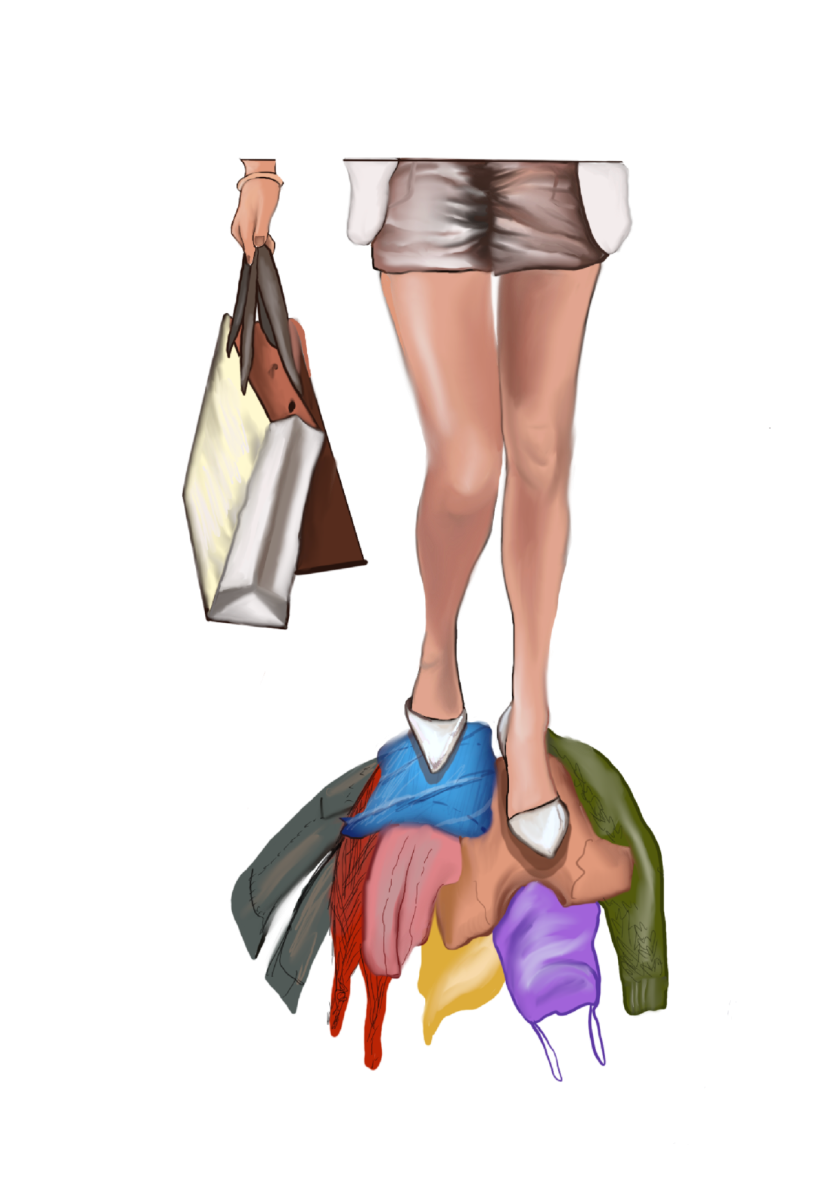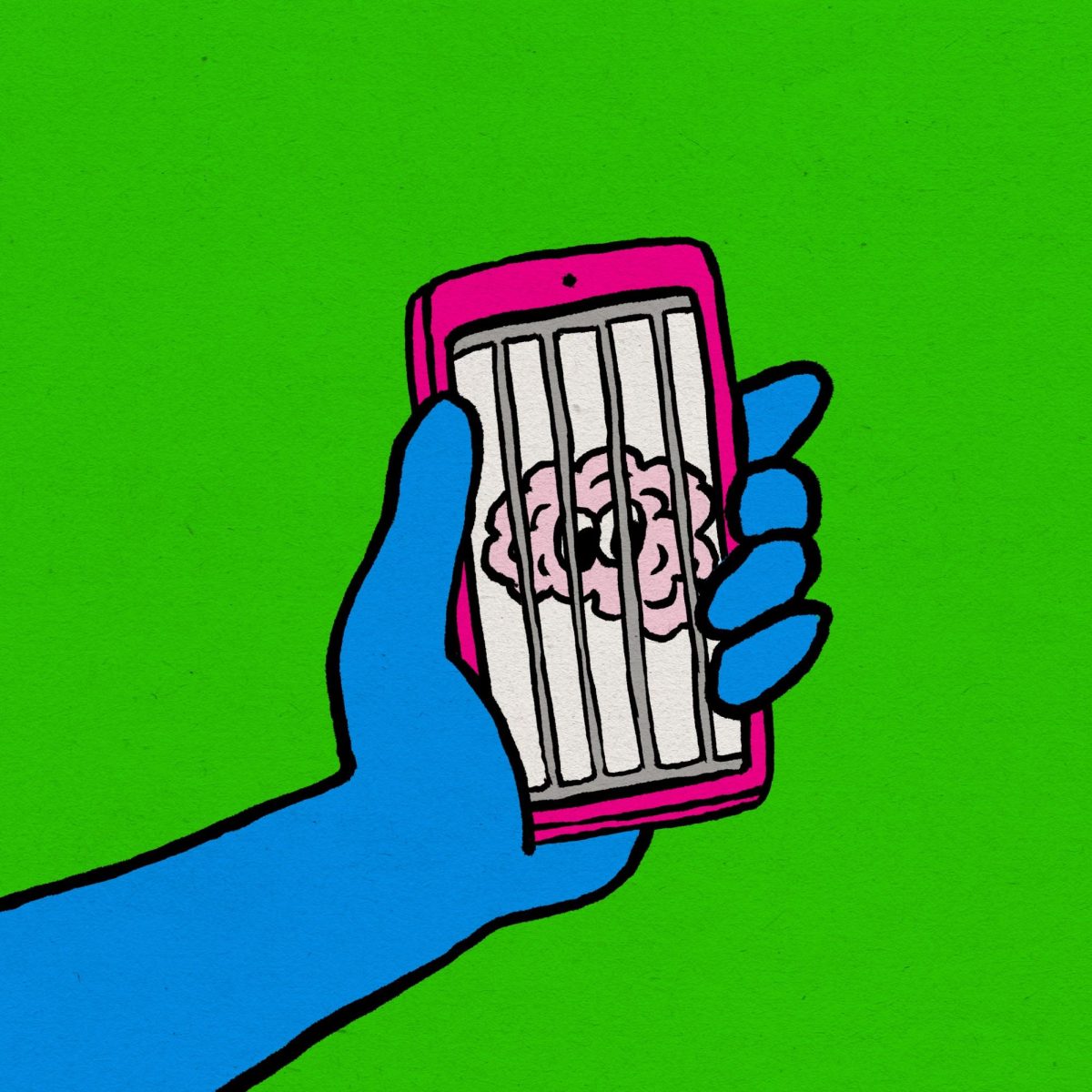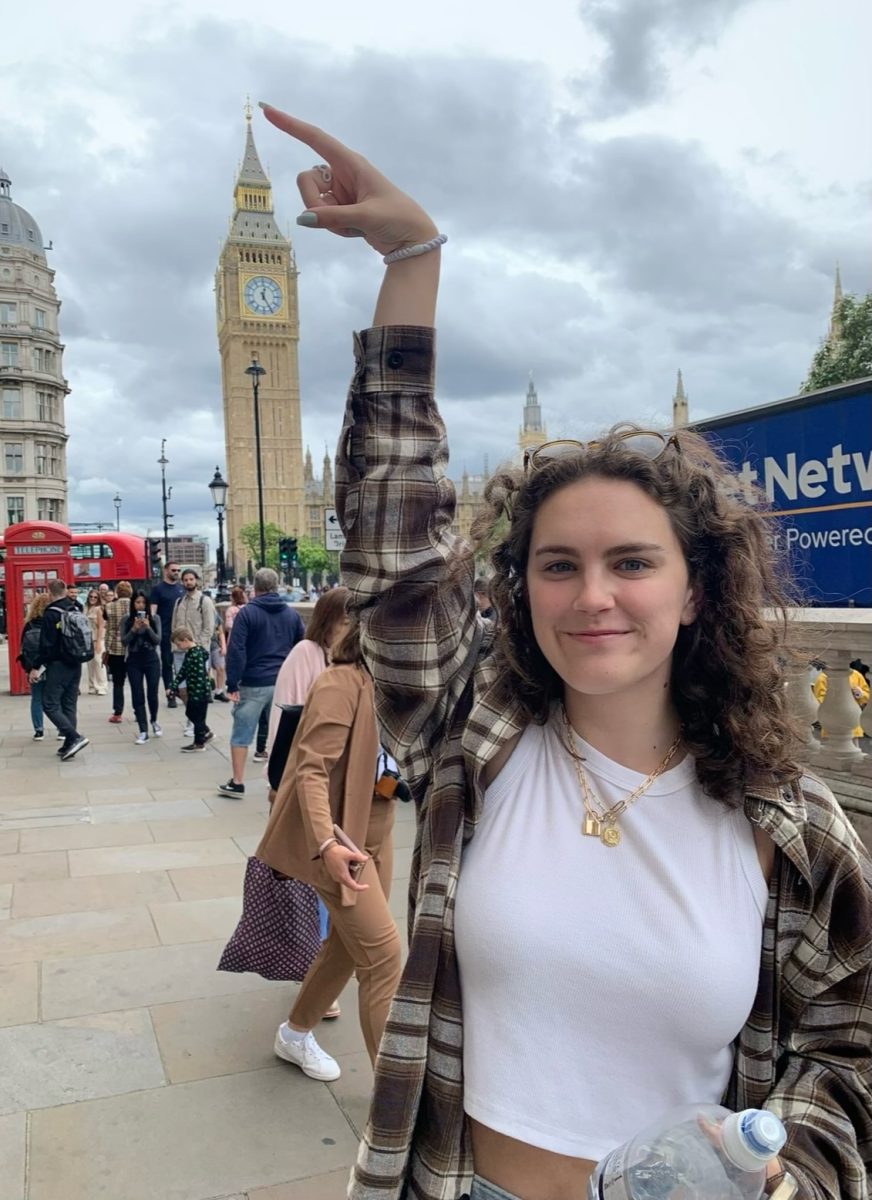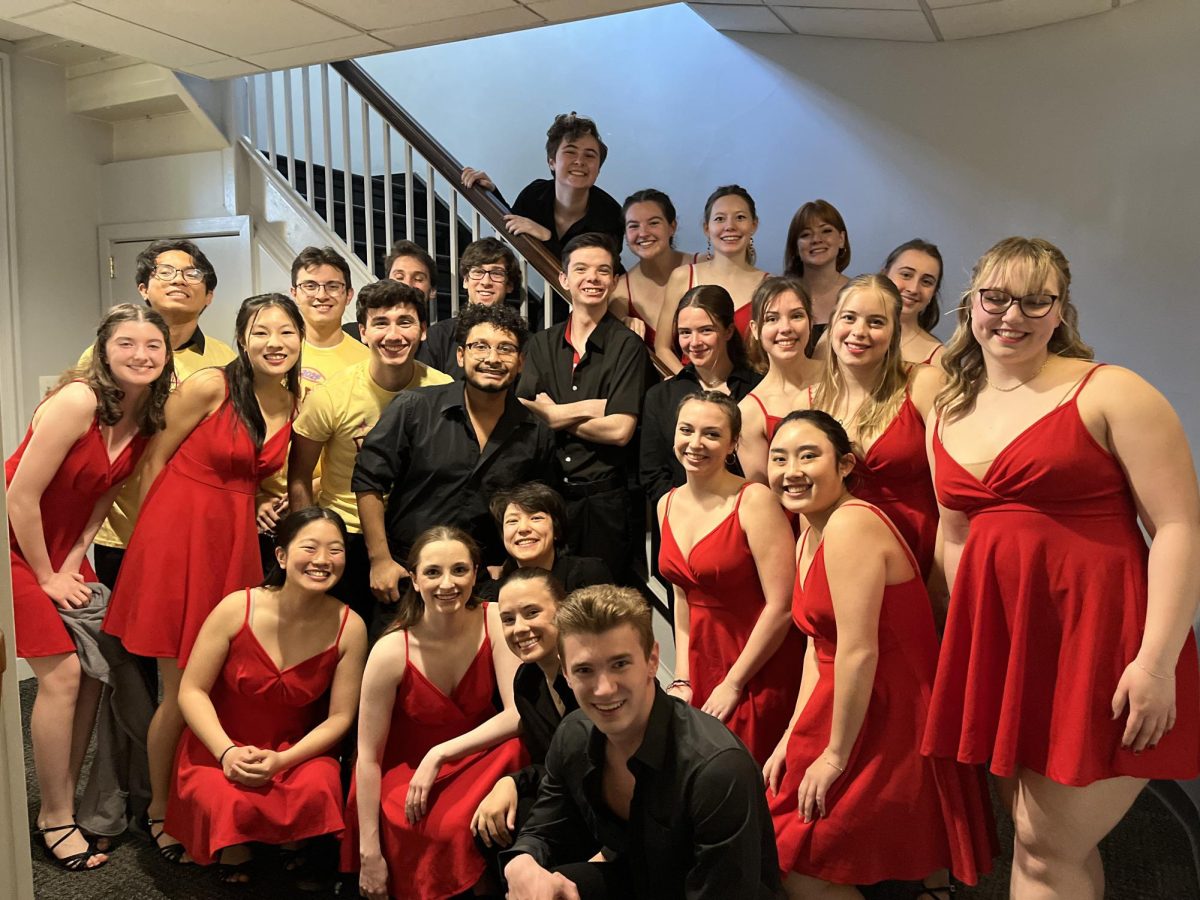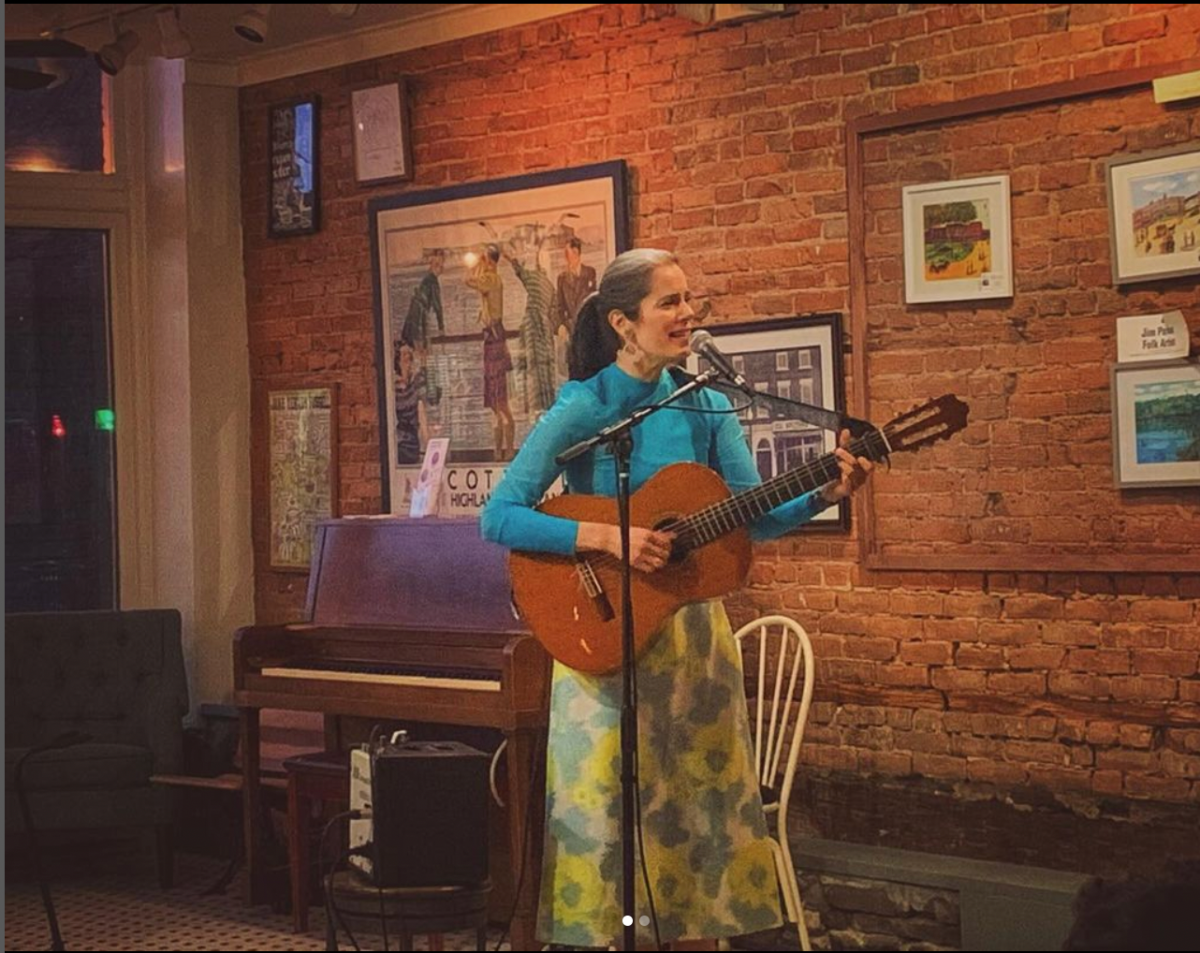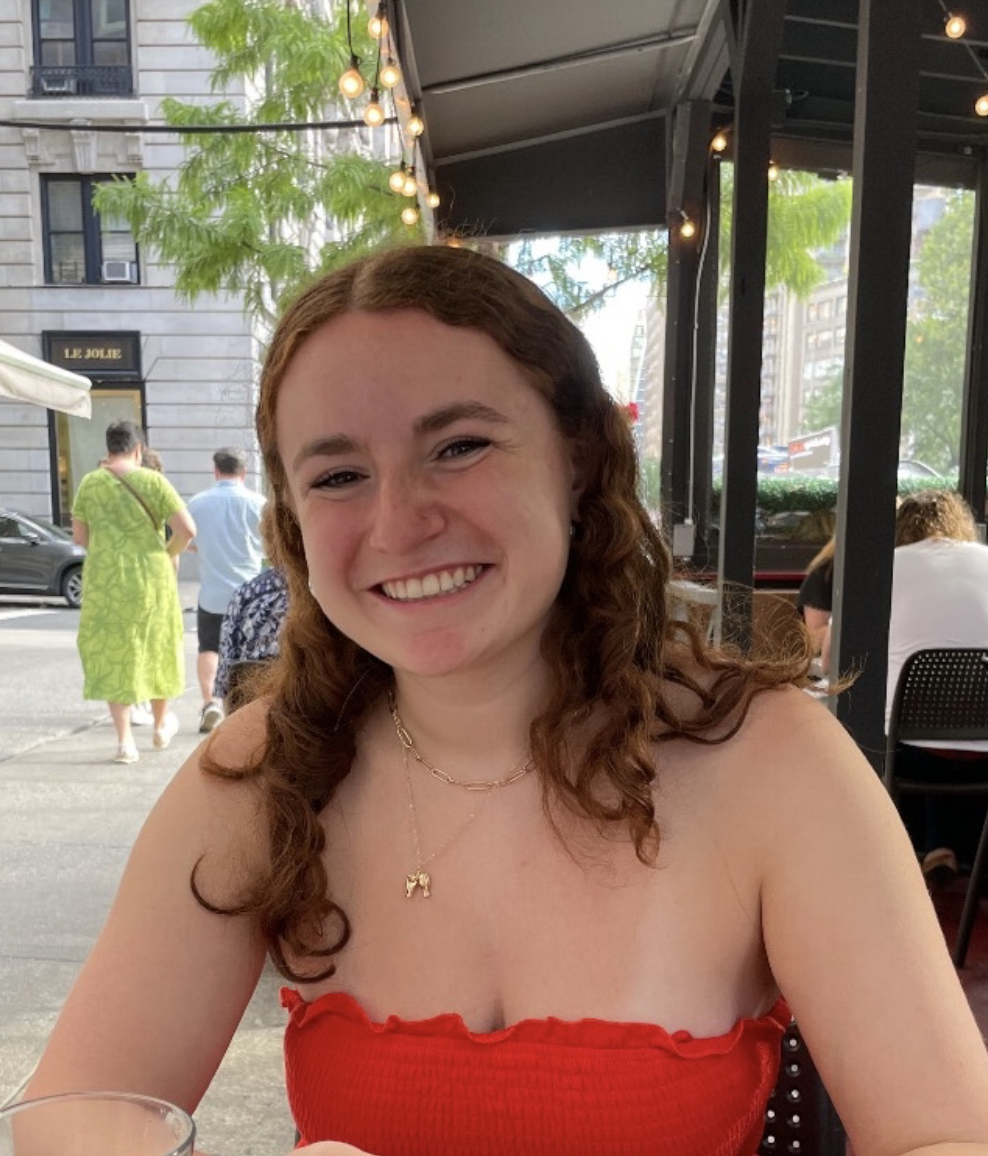When my mom and I would tour colleges, we came up with a fun game to entertain ourselves amongst the rather ubiquitous liberal arts schools’ tour scripts. We would try to identify two buildings on campus. One was the “postcard building,” whose name is pretty much all you need to know; this building was the prettiest, most promotional-worthy building that would aptly be featured on postcards galore. The other, more contentious structure was the ugliest building.
Every college has one. It’s the accidental blip in the system of picture-perfect collegiate setting — the laughable, sad, friendless monument to mediocrity that somehow doesn’t make its way into any pictures of the college. Ever. This can be a matter of opinion; architecture, like art, is a subjective sport that can hold a multitude of opinions.
So what is Colgate University’s “postcard building” and what is its ugliest building? The postcard building, rather obviously, is the Colgate Memorial Chapel. A picturesque dream with history, the Chapel is a godsend to any promotional pamphlet or postcard. The ugliest building, arguably, is Dana Arts Center.
I know this piece is meant to defend Dana, and it still will. Because while Dana is ugly — award-winning ugly — it is unsightly for a reason. It is unattractive in the name of art. Other buildings, like Curtis, Drake and Gate House, are ugly for no reason whatsoever.
Proposed in 1964, the Dana Arts Center immediately received both prestige and critique; most notably, an article in The New York Times described the arts center as “displeasing” Charles A. Dana, the project’s principal donor. However, upon Dana’s unveiling to the campus population, the tide against Dana was turned as its challenging structure allowed students to open their minds to a new architectural experience.
In a 1967 article in Progressive Architecture Magazine, a student remarked, “It has put a blemish on the campus […]. It doesn’t just sit there on the side of a hill, but stands there proudly – and thus challenges me […]. It challenges everybody […]. The Arts Center provides a new perspective at Colgate — mentally and physically.”
What was true in 1967 is true today, over 50 years later. Dana Arts Center is a challenge. It is difficult to look at, difficult to engage with and overall a blip in the campus architectural system. But rather than perceive this as a negative, it offers us a chance to grow.
Architectural diversity, while maybe not preferable for a picturesque promotional photo of the University, is invaluable in the emotional and physical experience we all have when encountering our campus. Dana was designed with that experience in mind.
In a 1966 interview with TIME Magazine, the renowned architect of the arts center, Paul Rudolph, said, “I’m not looking for beauty, but I’m looking for what’s meaningful.”
Dana Arts Center can be meaningful, and it is certainly not the building’s fault that it has been altered in order to fit the needs of the University rather than being allowed to continue in its intended living sculptural purpose. Initially, Dana Arts Center was filled with light as the numerous windows on the exterior of the building were not blocked on the inside. Many other changes have been made over time since its original conception in the sixties that limit the intention of the architecture.
This is part of a larger trend across brutalist architecture. Paul Rudolph’s destroyed and altered works are considered an example of a larger pattern of tragic disregard and demolition of key mid-century buildings. Even though Dana Arts Center will likely never return to its original glory, it is still a building that should be approached through an open-minded lens in order to understand its unique history, appearance and experience.
It is vital to consider architecture an extension of an art practice in these cases. Dana isn’t just a building; it is a piece of art. And while people may not necessarily like it, it is important to appreciate art, even if it isn’t to our tastes. What Dana Arts Center offers as a piece of art is differentiation in the more traditional architecture seen up the hill and around town. It challenges us to accept something that doesn’t fit in — maybe even grow to like it.
Personally, I have grown to love Dana in my time at Colgate. Once you learn to accept it with an open mind, its eccentricities become endearing and its irregularities become interesting.
Dana is ugly. But it is also fun, fascinating and an opportunity to challenge ourselves to grow in understanding and appreciating something different.



